By Alex Trukan
Playing with three centre backs as opposed to two, gives many additional options for protection in defense. It helps to prevent the opposition from exploiting half spaces that normally appear between centre back and full back. It also gives more opportunities for centre backs to step forwards and press opposition midfielders. Most importantly, it provides overloads in the central areas of the pitch regardless if the opposition is playing with one or two central strikers. This article explores some of the roles and responsibilities the back three might have when defending.
Having three centre backs gives more options for them to step forwards into central areas when defending. This might come useful when opposition central midfielder finds pocket of space to turn and play forwards. In this type of situation, one of the centre backs might step forwards and prevent him from turning. This will still leave two centre backs in behind what offers enough protection to deal with one or even two opposition’s strikers.
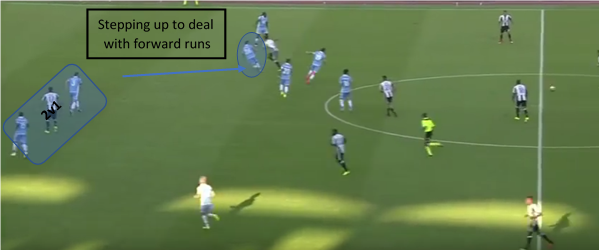
When the opposition has the ball in wide areas and wingback on the ball side gets involved higher up the pitch, centre back on the ball side is there to provide support. With opposite wingback usually positioned deeper, defenders would form a back four and offer good protection and compactness at the back. This will naturally free up central midfielders to stay in the central areas and prevent them from going out of position into wide areas.
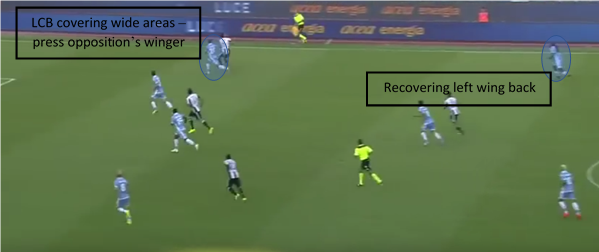
At times, however, left or right centre backs might be caught too wide creating big gaps between them and centre back. This is when one of the central midfielders might be useful to track any runners into those spaces. This might be the case if two wingbacks get involved higher up the pitch leaving the back three in behind.
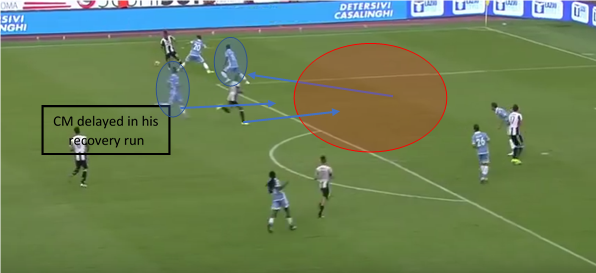
When organised and with both wingbacks in the shape behind the ball, three centre backs should be looking to form a back five. In this situation it is wingback that is supposed to deal with threats in wide areas. Nearest centre back would support him from the back. Central centre back and the opposite side centre back should stay centrally and don’t get involved past the penalty box.
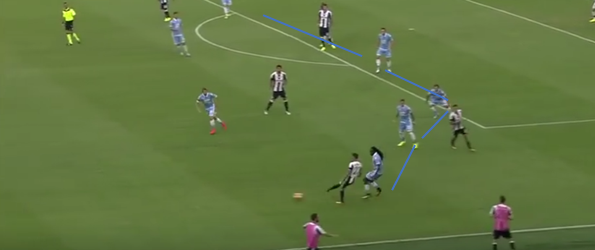
There will be always at least one centre back free (regardless whether the opposition play with one or two strikers) who should deal with opposition players making forward runs and pick them up from central midfielders. This requires effective communication and anticipation from them.
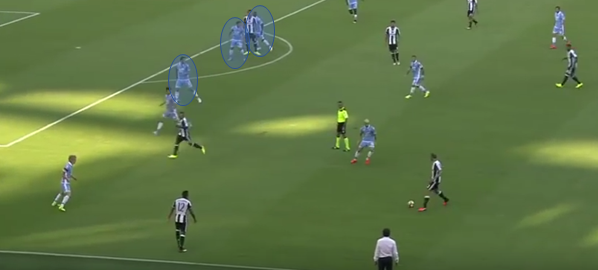
When choosing the three centre backs, it is important to get the mix of their characteristics right. These three players should complement each other and offer different skillset. Out of possession, at least one player is needed who will read the game very well, one who is athletic and quick to deal with balls in behind as well as one who can win aerial duels and prevent strong strikers from holding up play.
By Alex Trukan, Development Coach, Nottingham Forest - @AlexTrukan


